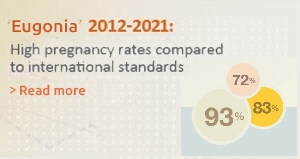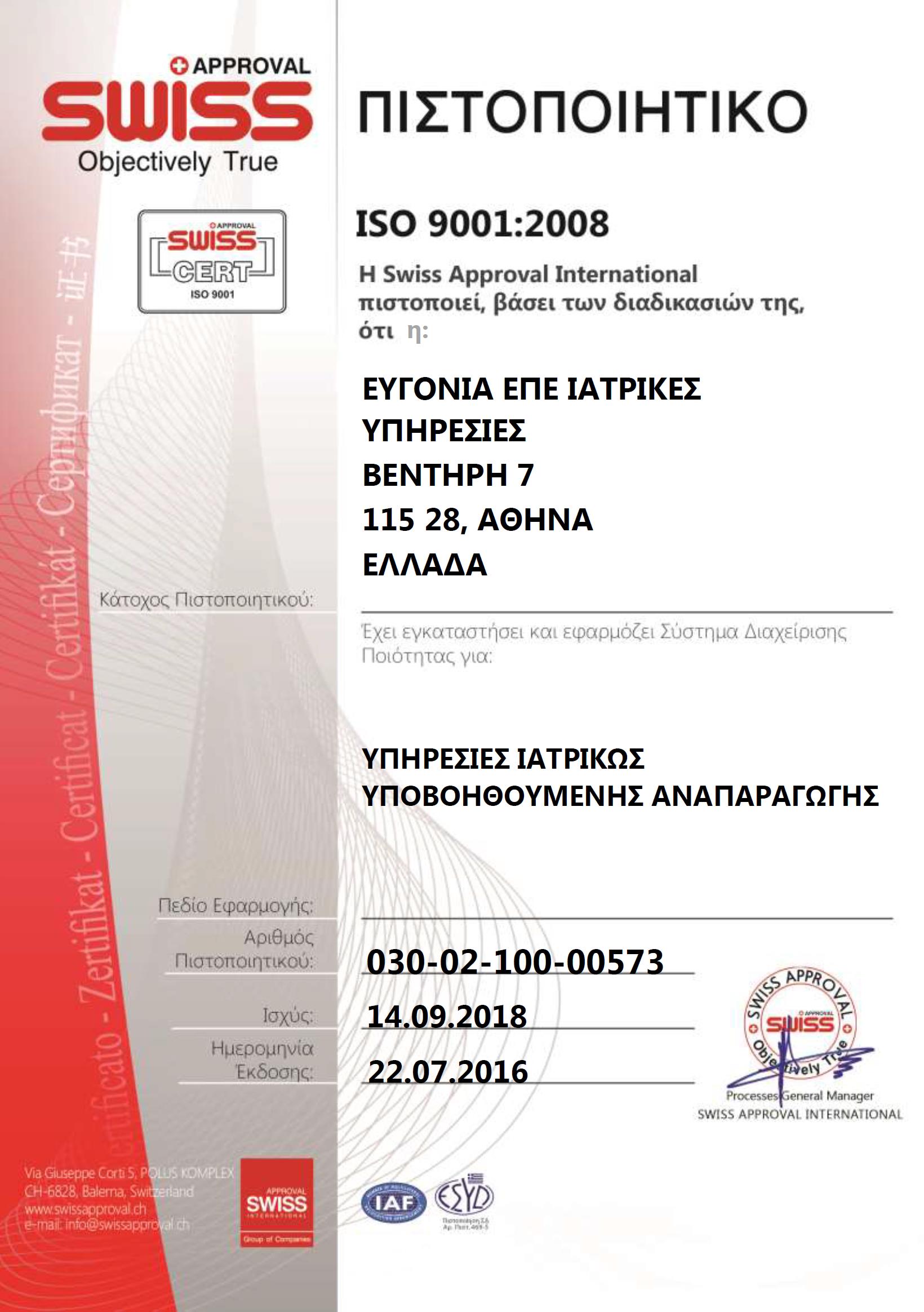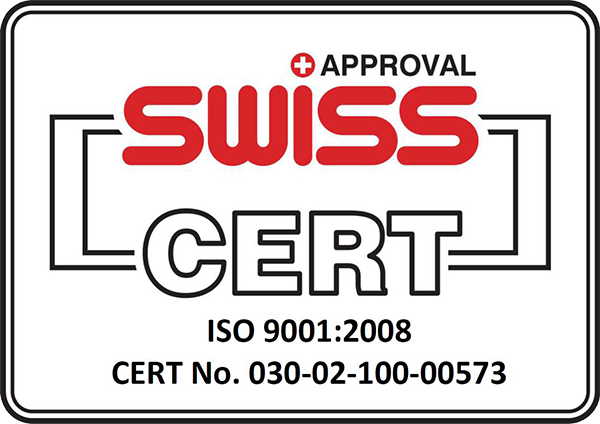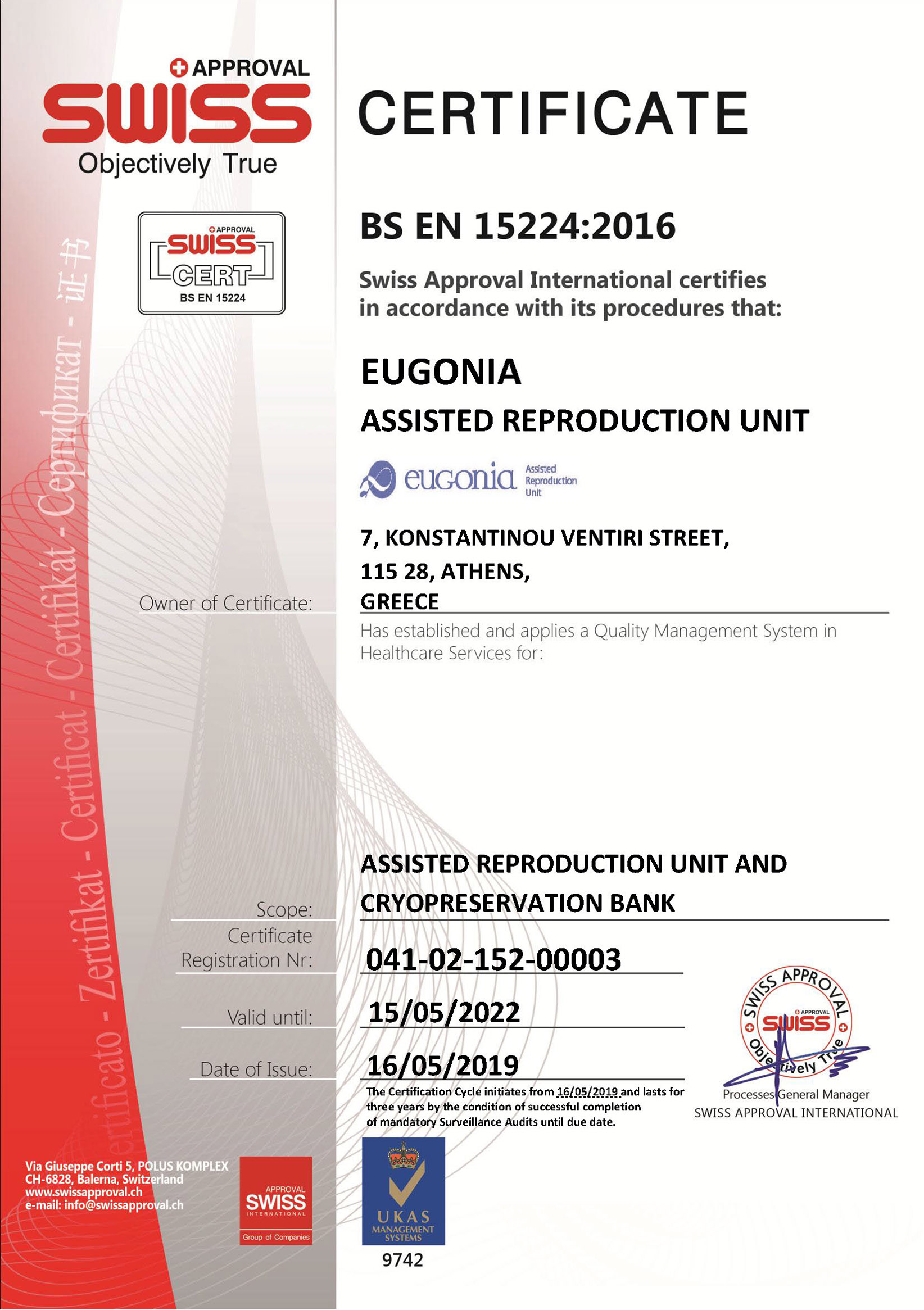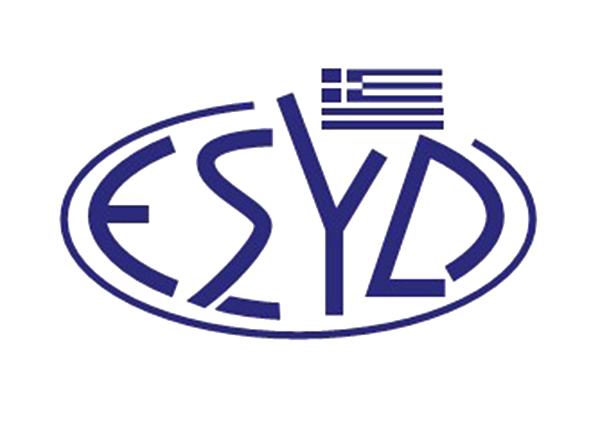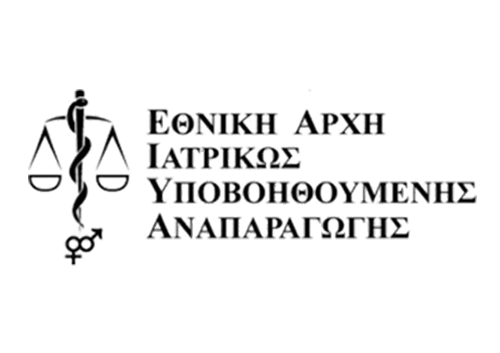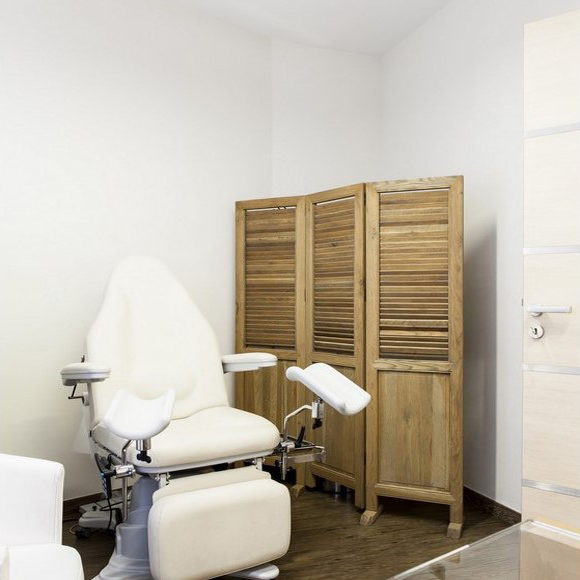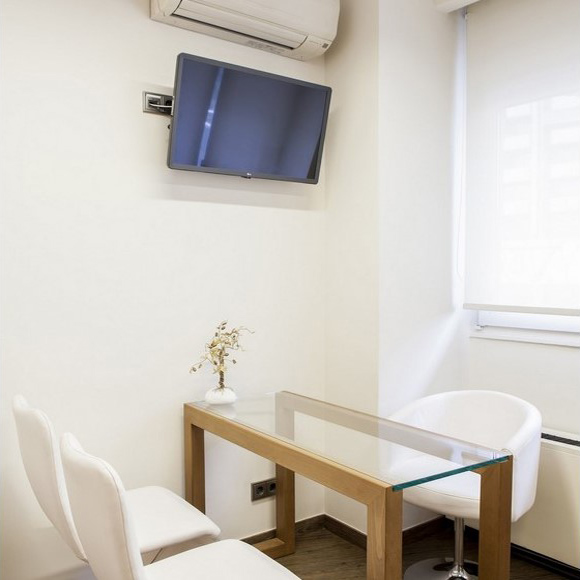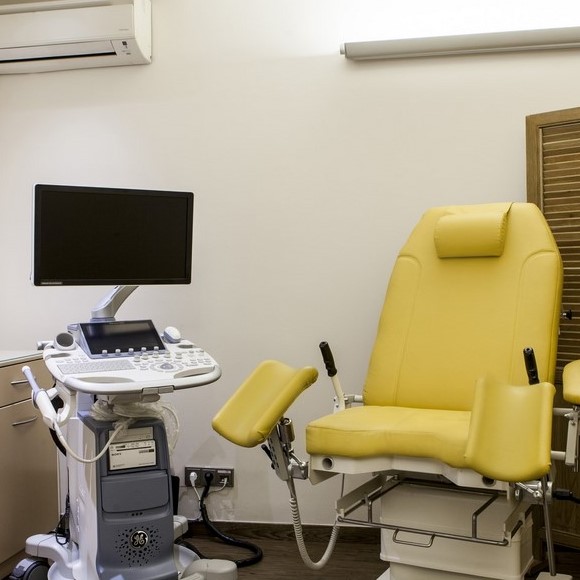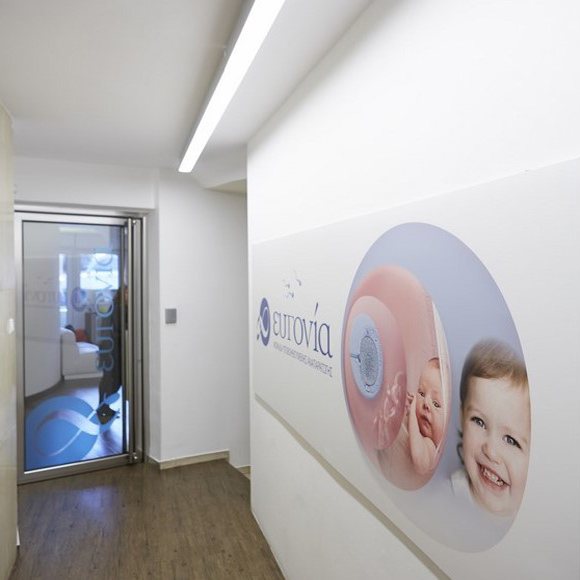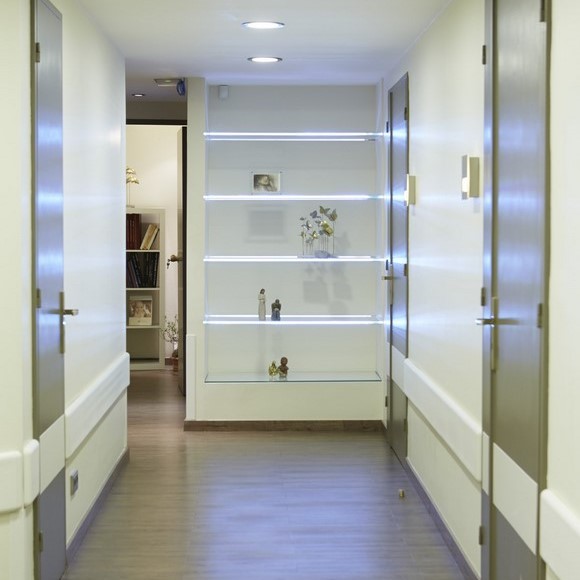Management of ectopic pregnancy using laparoscopic surgery is nowadays the method of choice. Until the 1970s, laparotomy was used due to the inability of early diagnosis, resulting in the rupture of the ectopic pregnancy.
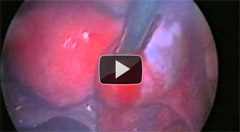
Early diagnosis is now performed prior to rupture, using beta hCG levels combined with ultrasound examination. Laparoscopic verification is rarely needed. Early diagnosis and laparoscopic surgery have nearly eliminated the disease and mortality due to ectopic pregnancy, and have improved significantly the rate of post-operating infertility.Contraindications for laparoscopic surgery, as reported 20 years ago (Mage G., Canis M., Bruhat M.A) include:
- Absolute contraindications: interstitial pregnancy, shock, opisthoperitoneal hematocele, and contraindication of general anesthesia.
- Relative contraindications: hemoperitoneum >15000 ml, obesity, extensive adhesions.
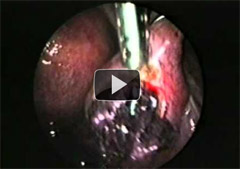
Laparoscopic surgical treatment of ectopic tubal pregnancy can be either conservative, with longitudinal salpingotomy, aspiration of the fetus and retaining of the oviduct, or radical, with excision of the oviduct.The choice of laparoscopic treatment in based on criteria, but also on the experience and training of the surgical team. The criteria include history of infertility, prior or repeated ectopic pregnancy, salpingoplasty, site of implantation (isthmus, ampulla, infundibulum), bilateral ectopic tubal pregnancy, and risk of oviduct rupture. Based on the score that results from these criteria it is decided whether to retain or remove the oviduct.a) ) In the case of oviduct rupture, laparoscopic surgery involves a longitudinal section 10-15 mm is above the fetus, removal of the fetus using flushing with saline, aspiration of the fetus away from the wall of the oviduct. The oviduct is examined for bleeding and the wall remains open. Rarely are sutures needed. At the end of the operation the pelvis is flushed with saline, all fetal elements are removed from the pelvis and the other oviduct is examined.Post-operating monitoring includes measurement of hCG levels 2 days after the operation, and then every 2 weeks until hCG is no longer detectable.b) In the case of oviduct removal, the operation is performed using bipolar diathermy for hemostasis, and the excision of the oviduct is done using laser CO2 or scissors. The section is performed very near the oviduct taking care not to damage the blood supply of the ovary.See more: Ectopic pregnancy





